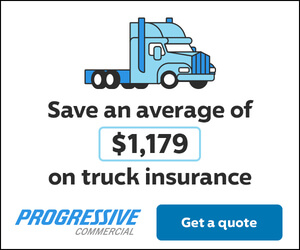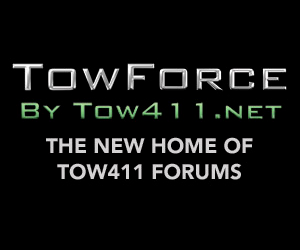There seems to be a lot of confusion as to what you need as far as a CDL to drive a wrecker or roll back. I guess the first thing would be to explain just what a CDL is, and isn’t.
If you operate any vehicle, which transports hazardous materials in sufficient quantities as to require placarding, you will need a CDL C.
If you operate a vehicle with a GVWR (gross vehicle weight rating) OVER 26.000 lbs. you will need a CDL B.
If you operate a vehicle that is towing or pulls anything OVER 10.000 lbs GVWR, you need CDL A.
Sounds pretty simple right? Well, let me explain further. Remember, this has to do with “GROSS VEHICLE WEIGHT RATING” NOT ACTUAL WEIGHT.
There are several “endorsements” (tank, hazardous etc.) most towers really don’t need.
If you are towing a vehicle which would require an endorsement, and you have the driver with you it would be covered. (Hazardous etc.)
I see a lot of ads for trucks that say “CDL beater”. What this means is the vehicle has a GVWR of 26,000 lbs. or less. Be careful on these!
Take this example, you have a rollback on this truck. You can load anything you want on the bed. As far as the CDL is concerned your fine (note… not the weight master, just the CDL requirements) Here is the rub…anything you put on the wheel lift is a problem. The Motor Carrier will add the GVWR of the truck and the GVWR of the towed vehicle together. If the combined GVWR is over 26,000lbs, you need a “CDL B. This is the rollback and the towed unit, not the vehicle on the bed. If we are talking about a wrecker, your hit. You will need at least a “B” If you are towing a vehicle over a GVWR of over 10,000lbs, you will need a CDL A.
Here is a combination that you might have seen….a fellow is operating a 3/4 ton pickup wrecker. He has hooked up a bare cab and chassis. This chassis has no bed, rear end, doors, front clip or motor and trans. Just a cab with two front tires. This thing can’t weigh 1500 lbs. unfortunately this chassis has a VIN tag and it reads 14,500 lbs. GVWR. This is a CDL A tow, not because of the weight but because of the GVWR of the towed unit.
My advice to all the drivers we gave CDL exams to, was “get the CDL A”. It is the same test. Yes, you have to back up your truck with a trailer, (you have to do that in this business anyway). If you don’t and get just a CDL B, you will have to take the whole test over again to upgrade to a CDL A.
The company who mounted the equipment on the chassis was required to certify the GVWR with a tag (Usually on the driver’s side door jamb) and that the vehicle meets all Fed Dot requirements. Check this tag so you can figure out if what you can tow on your wheelift. If you subtract the GVWR from 26,000 lbs. that would be the GVWR you have left to play with. Let’s say your truck has a GVWR of 21,500 lbs., (you don’t need a CDL right?) you would have 4500lbs of GVWR to load. So any car would work but not most pickups or large SUV’s. I would always tell drivers to try to load the SUV on the bed and load the car on the wheel lift. Now you are in compliance with the CDL
HAVE YOU EVER HEARD A CABLE SING?
Hopefully, most of us never have. Those that have will never forget that sound or what the winch cable did right after. I have seen major injury and even severed limbs or death.
Condition of your cable and knowing its maximum working and breaking ratings are important. Keeping the winch cable straight and even on the drum is a must. Crossing the cable over itself and tensioning it can damage it and severely weaken it. Kinks will cause broken strands within the cable. Sometimes you can fix these kinks, but the best thing is not to let this happen in the first place. Cable tensioners and roller guides help, but you need to watch your winch drum while you are winching. Keeping the cable taunt and rolled up straight will make this easier. I have never seen any tensioning device that really worked without the operator starting with a straight drum of cable and keeping the cable straight. I would always want to winch the vehicle as close to my truck as possible. Winching with weight and tension on the cable will make it roll back on the drum nice and straight. There were even times we would extend the cable all the way out, hook to a vehicle in the lot, and winch it back to the truck. This was a great way to inspect the entire cable for any rusting or damage.
From: Richard Farrell
Detroit Wrecker Sales
19630 Fitzpatrick
Detroit, MI 48228





